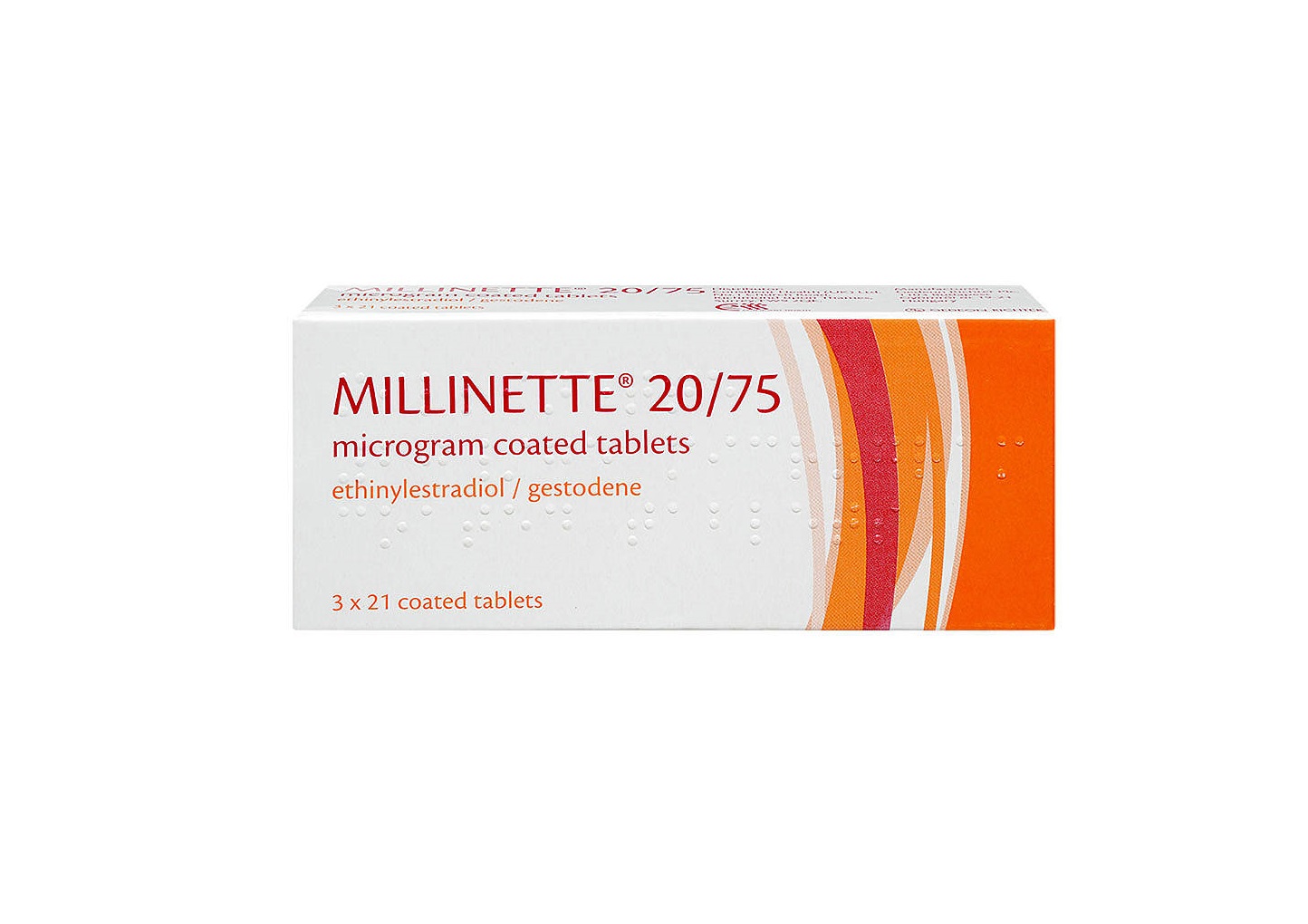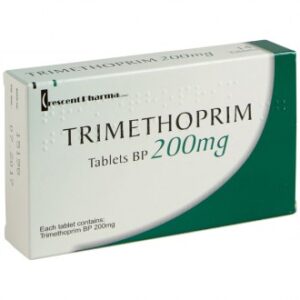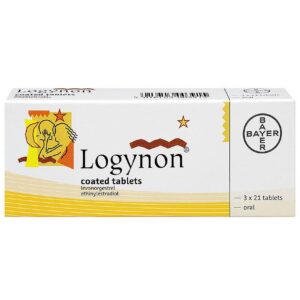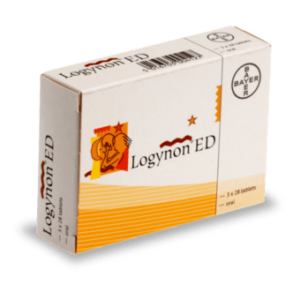Description
Millinette is a combined oral contraceptive, one of a group of drugs often referred to as the Pill. It contains two types of hormone: an oestrogen, ethinylestradiol, and a progestogen, gestodene. These hormones stop the ovary from releasing an egg each month (ovulation). They also thicken the fluid (mucus) at the neck of the womb (cervix) making it more difficult for the sperm to reach the egg, and alter the lining of the womb to make it less likely to accept a fertilised egg.
Medical research and vast experience have shown that, if taken correctly, the Pill is an effective reversible form of contraception. Remember, combined hormonal contraceptive pills like Millinette will not protect you against sexually-transmitted diseases (such as AIDS). Only condoms can help to do this.
Uses / Instructions
Take ONE tablet daily for 21 days then have a 7 day break. Repeat this process.
Warnings
Your doctor may tell you to stop using Millinette and advise you to use another method of contraception.
If you have:
- elevated levels of fat in the blood (hypertriglyceridaemia) or a positive family history for this condition. Hypertriglyceridaemia has been associated with an increased risk of developing pancreatitis (inflammation of the pancreas);
- systemic lupus erythematosus (SLE -;a disease affecting your natural defence system);
- haemolytic uraemic syndrome (HUS – a disorder of blood clotting causing failure of the kidneys);
- Crohn’s disease or ulcerative colitis (chronic inflammatory bowel diseases); • sickle cell anaemia (an inherited disease of the red blood cells);
- if you need an operation, or you are off your feet for a long time (see in section 2 ‘Blood clots’);
- just given birth you are at an increased risk of blood clots. You should ask your doctor how soon after delivery you can start taking Millinette;
- an inflammation in the veins under the skin (superficial thrombophlebitis); • varicose veins.
If you suffer from:
- high blood pressure (hypertension);
- yellowing of the skin (jaundice);
- itching of your whole body (pruritus);
- gallstones;
- the inherited disease called porphyria;
- the movement disorder called Sydenham’s chorea;
- the rash known as herpes gestationis;
- the inherited form of deafness known as otosclerosis;
- disturbed liver function;
- diabetes;
- depression or mood changes:
- brown patches on your face and body (chloasma), which you can reduce by staying out of the sun and not using sunbeds or sunlamps
Side Effects
Common side effects (may affect up to 1 in 10 people):
Vaginitis, fungal infection of vagina, mood altered including depression, nervousness, dizziness, nausea, upper abdominal pain, acne, painful menstruation, changes in vaginal secretion, absence of menstruation, weight increase, breast tenderness, breast pain, breast swelling, breast discharge.
Ingredients
The active substances are:
20 micrograms ethinylestradiol and 75 micrograms gestodene in one coated tablet.
The other ingredients are:
Tablet core: Sodium calcium edetate, Magnesium stearate, Silica colloidal anhydrous, Povidone K-30, Maize starch, Lactose monohydrate.
Tablet coat: Quinoline yellow (E 104), Povidone K-90, Titanium dioxide (E171), Macrogol 6000, Talc, Calcium carbonate (E170), Sucrose.







Reviews
There are no reviews yet.